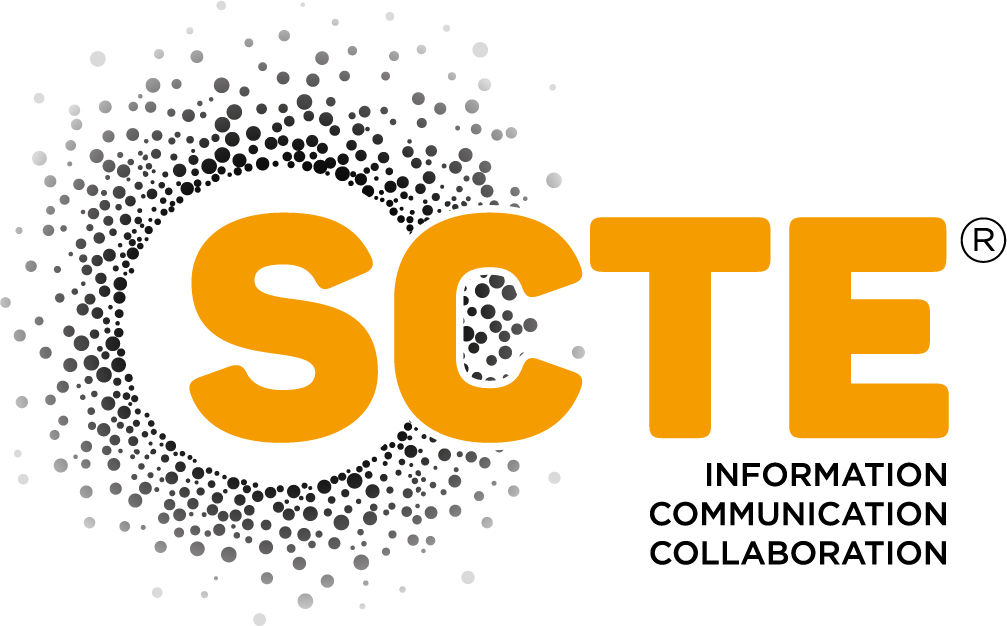IBC2023 Tech Papers: A Fresh Look at Live Sports Streaming with Prioritized Media-Over-QUIC Transport

IBC2023: This Technical Paper explains the MOQT design considerations, summarizes the enhancements implemented in a previous study and the investigation of the prioritization schemes that can be performed over this first implementation and showing results for the on-time-display ratio under different bandwidth constraints.
Abstract
A QUIC-based low-latency delivery solution for media ingest and distribution in browser and non-browser environments is currently being developed for various use cases such as live streaming, cloud gaming, remote desktop, videoconferencing and eSports. Operating in an HTTP/3 environment (i.e., using WebTransport in browsers) or using raw QUIC transport, QUIC has the potential to revolutionize the media industry overcoming the limitations we face with the traditional approaches that impose TCP. This study explains the design methodology and explores possible gains with QUIC’s stream prioritization features.
Introduction
Live sports broadcasting, where fans can stream live content on their connected devices or cloud gaming, where users can play together connecting from different parts of the world, has many demanding requirements. Nobody wants to hear a neighbor’s cheers when a goal is scored before seeing it on the screen, making low-latency transport and playback indispensable. Similarly, high latency is intolerable when playing games in the cloud.
The existing HTTP ecosystem comprises solid foundational components such as distributed caches, efficient client applications and high-performant server software glued with HTTP. This formation allows efficient live media delivery at scale. However, the two popular approaches, DASH and HLS, are highly tuned for HTTP/1.1 and 2 running on top of TCP [1, 2]. The downside is the latency caused by the head-of-line (HoL) blocking experienced due to TCP’s in-order and reliable delivery. The latest version of HTTP (HTTP/3) uses QUIC underneath instead of TCP. QUIC can carry different media types or parts in different streams. These streams can be multiplexed over a single connection avoiding the HoL blocking [1, 3]. The streams can also be prioritized (or even discarded) based on specific media properties (e.g., dependency structure and presentation timestamp) to trade off reliability with latency. DASH and HLS can readily run over HTTP/3, but they can only recoup the benefits if they use its unique features [6].
In the IETF, a new working group, Media over QUIC (MOQ), was formed in 2022 to study further the possible enhancements that QUIC may bring for low-latency live streaming [5]. The initial implementation of MOQ Transport (MOQT) is discussed during the IETF meetings, which is on its way to standardization [7]. As the initial discussions reveal, MOQT may improve the scalability of real-time, interactive media applications and the interactivity of live streaming applications.
This paper explains the MOQT design considerations and summarizes the enhancements we implemented in a previous study [8, 9]. Then, we investigate the prioritization schemes that can be performed over this first implementation and show results for the on-time-display ratio under different bandwidth constraints.
Read the full article

Sign up to IBC365 for free
Sign up for FREE access to the latest industry trends, videos, thought leadership articles, executive interviews, behind the scenes exclusives and more!
Already have a login? SIGN IN

















